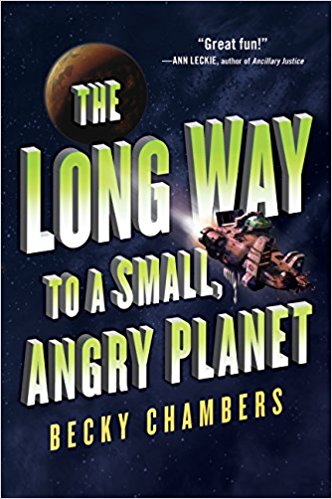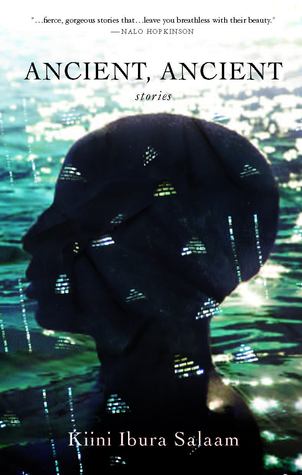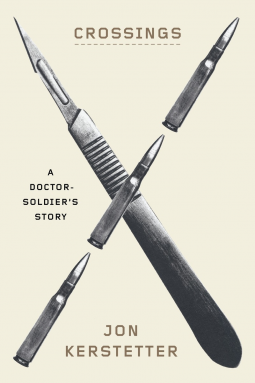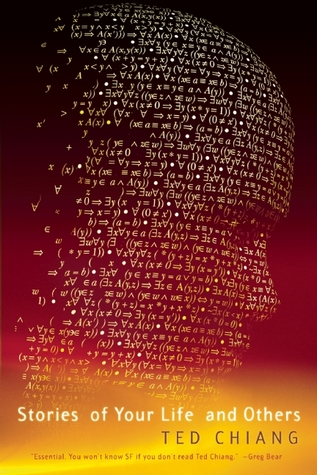Day 9
After I wake up from my late ‘fest night, I catch the LANTA bus like usual. I realize as soon as I get to the bus stop that I left my phone at Best Chemist Friend’s. Priscilla is also too old to run Google hangouts so I’m just kind of cut off from the world until I meet her for dinner with my parents later.
I read some more out of Her Smoke Rises Up Forever while I wait for the bus. The guy sitting next to me—probably in his 40s, has a pattern to his speech that suggests some kind of mental or cognitive disorder—sees my ‘fest mug and starts talking. I oblige but give him a fake name, and sure enough the question comes up:
“Are you single?”
“No,” I answer, shaking my head.
“Are you married?”
“Yes.” Technically correct; the best kind of correct. His interest immediately diminishes, but I still breathe a sigh of relief when he gets on a different bus.
It’s another day of cleaning and purging. I find an old notebook with details of part of a trip I took to Chicago back in 2009 and type it up, along with some travel notes from this trip.
With the books mostly whittled down, cleaning and purging now comes to the gifts and knick-knacks and things that I like and have had for years, but have to put through the “Do I want to pay money to ship it across the ocean?” gauntlet. More than a few things don’t survive that.
I drop off the bag of goods outside, then wander inside for the first time in four years (I never managed to drop in while I was home in October). I stay long enough to see if there was a belt that might really work with the dress I had for the wedding, but leave empty-handed.
The rest of the day is uneventful except for dinner with Best Chemist Friend and my parents, when I get my phone back.
Day 10
Today I’m scheduled to hang out with blog friend Hillary at ‘fest. The weekend also is my last chance to visit the Quakertown Farmer’s Market for the next indeterminate amount of time, so after some more closet purging, I toss two garbage bags full of clothes into the car and drive to Quakertown.
I buy a cannoli and do a single circuit around. There are too many new shops and empty stalls for my liking, but it’s comforting to see some things remain: the sticky bun bakery, the “Korner Kupboard” (I don’t know why the K’s and maybe I don’t want to know), the hippie incense store (that expanded, for a hot minute, into another hippie pagan store that quickly closed), the movie/video game store, the low-rent Spencer’s-cum-secondhand store. In better news, the live alligator that had been living in a tank in the back of that store is no longer there; later Googling at home reveals that he’s been sent to an animal sanctuary, then literally the day before I sit down to type this up, Best Chemist Friend messages me on Gchat to tell me that Wally the Gator is dead and that there’s a memorial sign in his former tank.

“Our childhood is officially dead,” she says.
“Guess we’re real adults now.”
Some of the empty stalls have been converted to some kind of food court or meeting place, with plastic tables and chairs and bulletin board for announcements. There’s a jug band playing on chorus risers that serve as a low-budget stage, so I sit for a while to write and enjoy the music.
But even with that break, my walk around doesn’t take that long, mostly because I’m deliberately avoiding buying things because where will I put them? Do I want to mail them across an ocean? No! And it’s a good thing, because like a chump I decide to park at Musikfest and so I part with my money there instead. I definitely spent more time on the road to and from the farmer’s market than in the market proper, but that’s okay, because it’s also nice to drive again (until the novelty wears off). I also managed to drop off those bags of clothes in a collection bin on my drive to Musikfest so arguably it was even a productive trip.
I meet Hillary down by the Nintendo product tent, where her husband has been sucked into the void that is video games. I get some lunch at Johnny’s Bagels and we wander around and chat. There are a couple of consignment or secondhand or whatever shops on Main Street that I’ve never really stopped in but that Hillary’s eager to try, and I guess she’s my secondhand good luck charm because I walk away with a really cute pair of dress shoes (something I needed to buy at some point anyway) and a nice top to boot! We also watch the tail end and then the entire act of some street performers, then wander back off Main Street to get some food, pick up my final music purchase (an LP from Black Masala), see some shows, and meet up with some of Hillary’s friends.
We also run into cave coworker Kelly, our (as in Kelly and I) mutual friend Janine, and Janine’s new boyfriend, so that’s a pleasant surprise and we stand around and chat a bit. Janine is a bit deep in her cups but in a charming and friendly and hilarious way. But I’m a crappy mutual friend and fail to mention at the time that both Hillary and Janine work in special ed. Oops!
There is some massive issue trying to drive home. A car that might be a Papa John’s delivery car is blocking the box (so to speak) in front of the closest bridge to get out of town, with a couple of cop cars to boot; everyone is being diverted into a righthand turn instead of being allowed to go straight. I circle around and pull into a Wawa. I debate if it’s worth just taking another bridge out of town, but after I get some more writing done (and enjoying the bakery cookies from the grocery store that I can never resist buying) and listening to Black Masala, things have cleared up so I just take my regular route home.
There’s a paranoid parrot in the back of my brain who is convinced that I’ll get run off the road by some drunk fester or other, but obviously I don’t and I make it home fine, a little more sunburned and a little more sweaty than when I left. Mom and Dad are still up (not waiting for me; it’s just not that late yet) and I chat a little with them before I go upstairs.
This is the day where all of the tiki torch insanity goes down in Charlottesville. I don’t have data on my cheap-o plan but Hillary does and so I’m halfway apprised of what’s going on in the world while I’m seeing friends and listening to music and having a good time. Ugh. Ugh. Ugh. I catch up a bit on Facebook and all of that good stuff, then curl up in a ball and feel sad until I fall asleep.















